Lily Tolat offers us an account of the recent retreat for lay long term residents of Plum Village, France.
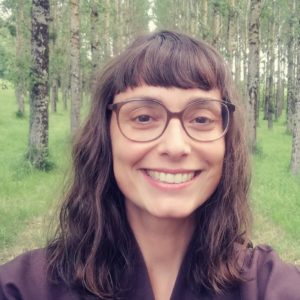
Against all expectations, the long-term lay practitionersLay people, long-terms: Plum Village monastery in France, is the home of ordained Buddhist monks and nuns, living in separate hamlets. It is possible as a lay practitioner to come and live and practice mindfulness at the monastery for an extended period. These lay residents are called ‘long-terms’. For more information click here https://dev.plumvillage.org/community/extended-stay/ of the three hamlets at Plum Village managed to organise their own retreat in 2021. From 16 to 23 March 2021, 27 practitioners resident in Plum Village had an unforgettable week of practice together. This year, it was at the intimate Son Ha monastery (“the foot of the mountain”) which welcomed them with open arms.
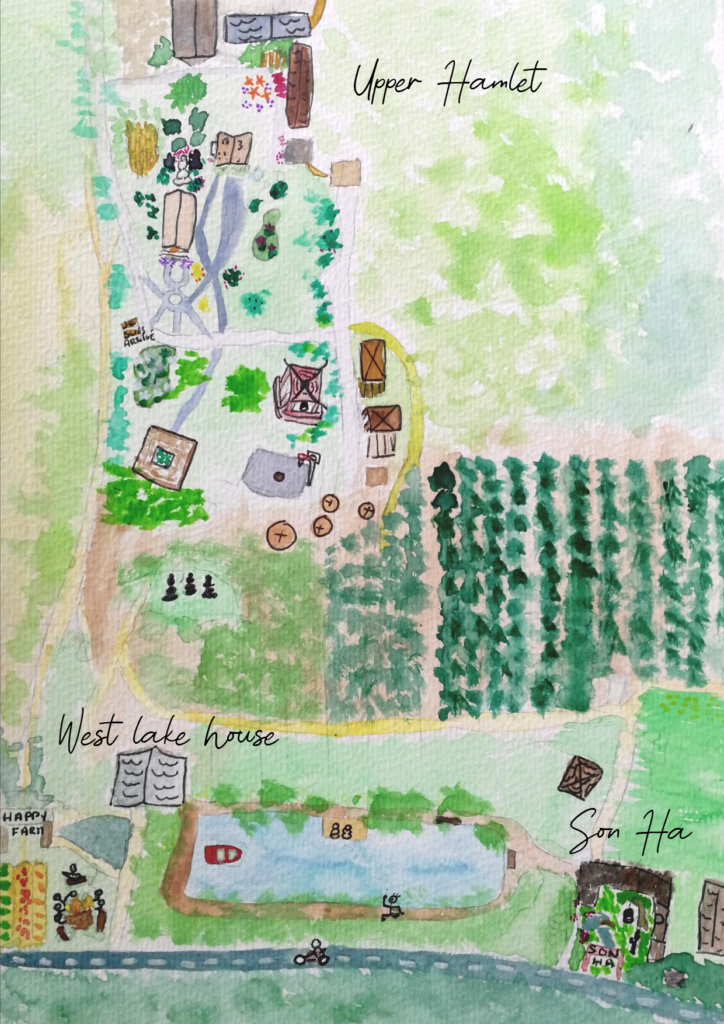
This year, because of the lock down, the annual long-term resident retreat was not supposed to take place. But as miracles are common here in Plum Village and the long-terms finally received the green light from the monastics to organize the retreat. What a joy! This retreat allows the long-term Sangha to live and practice together for a whole week.
How to organise a retreat? Voila!
Take six experienced and energetic volunteers, have a first meeting, a second and then a third (with some biscuits and tea this works even better!) and mix it up! That’s it!
In short, sorting out the rotation teams (who cooks, invites the activity bells, does the dishes, tidies up after eating…). We also had to decide how to organise the activities and most importantly find the facilitators for them. This process was simplified over time.
I found it easier if volunteers would sign up themselves on a board. We had distributed a document to know who wanted to do what but we couldn’t satisfy everyone. So this technique worked very well
Scott, a member of the organizing team
Here was a typical day:
6.00: Yoga class
6.45: Sitting meditation
7.30: Breakfast
9:00 Workshop (or Dharma talk)
11.30: Walking meditation
12.30: Lunch
14.00: Total relaxation
15.00: Workshop
17.00: Exercise (Jogging around the lake, hiking, martial art…)
18.00: (Self-service for dinner, if wanted)
19.30: Sitting meditation
21.30: Lights off
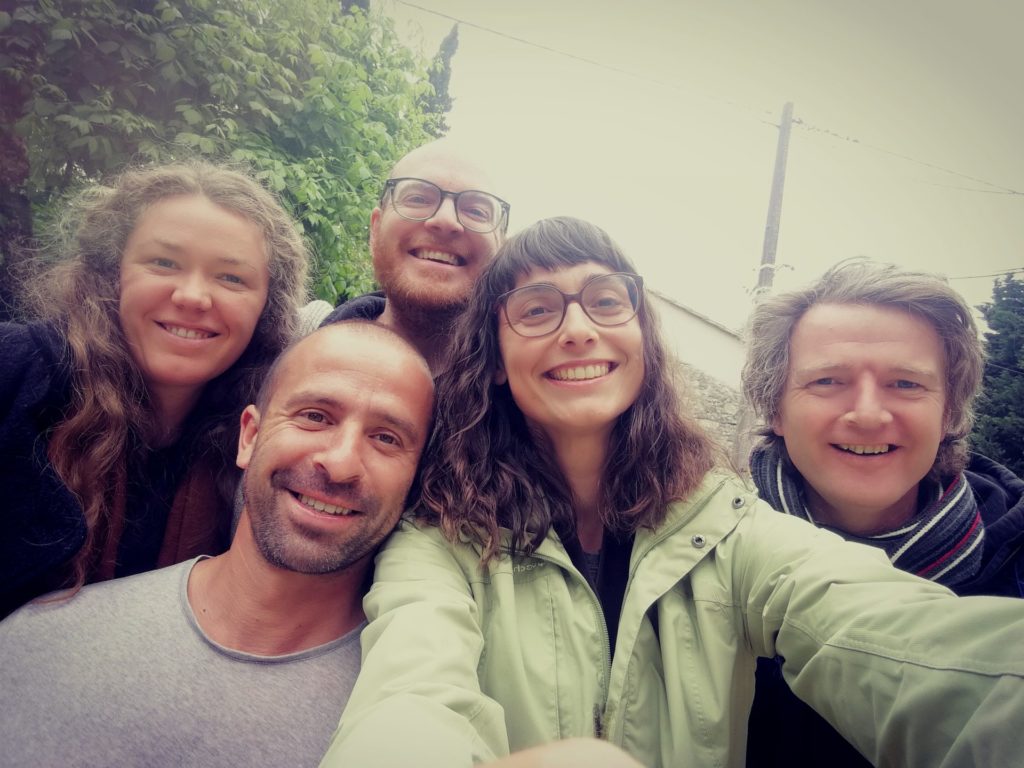
Diversified workshops
But what to do for a whole week? The practitioners were very talented, each day more interesting workshops were proposed. “Non-violent communication (NVC)Nonviolent Communication « (NVC): to find out more see here https://www.cnvc.org, Blind walking meditation, FocusingFocusing: is a psychotherapeutic process developed by Ann Weiser Cornell and Barbara McGavin, discovered and developed by Eugene Gendlin in the late 1960’s. To find out more: https://focusingresources.com, Questions & answers, singing, 5 rhythms5 rhythms: A form of movement meditation composed of 5 defined rhythms created by Gabrielle Roth. For more information click here:https://www.5rhythms.com, exploring the natural world, and a sharing about our life as lay people in Plum Village.
I loved every one of the workshops. I remember Em & Tyna’s Q&A particularly and I enjoyed listening to them speaking openly and with vulnerability in a safe space.
Daila
For Daila, who has been living in Lower hamlet for six months, the idea of the workshops was brilliant.
Indeed, Kristyna and Emeron, both transgender people, had agreed for one morning to answer questions from the heart to their friends in the Dharma. They answered questions such as, “What were the challenges you faced after your transition?”, “How did you realise you aspired to transition?”, “What are the differences between men and women in terms of expression, the way others look at you…..?”. Their rich sharing allowed their friends to understand them better.
Other workshops such as the “5 Rhythms” or “Mindfulness in the Natural world” were also very successful. The 5 Rhythms consist of a playlist of music composed by the facilitator. It is a form of meditative dance in which one follows the rhythm of one’s body according to the rhythm of the music.
The range of workshops were incredible, especially dancing. For me it’s not something we usually do….. It helped me a lot to be myself, dancing with no alcohol, no drugs. It is quite powerful, grounding and healing and helps to release self confidence in my body and express myself.
Mick, a Upper Hamlet Happy Farmer
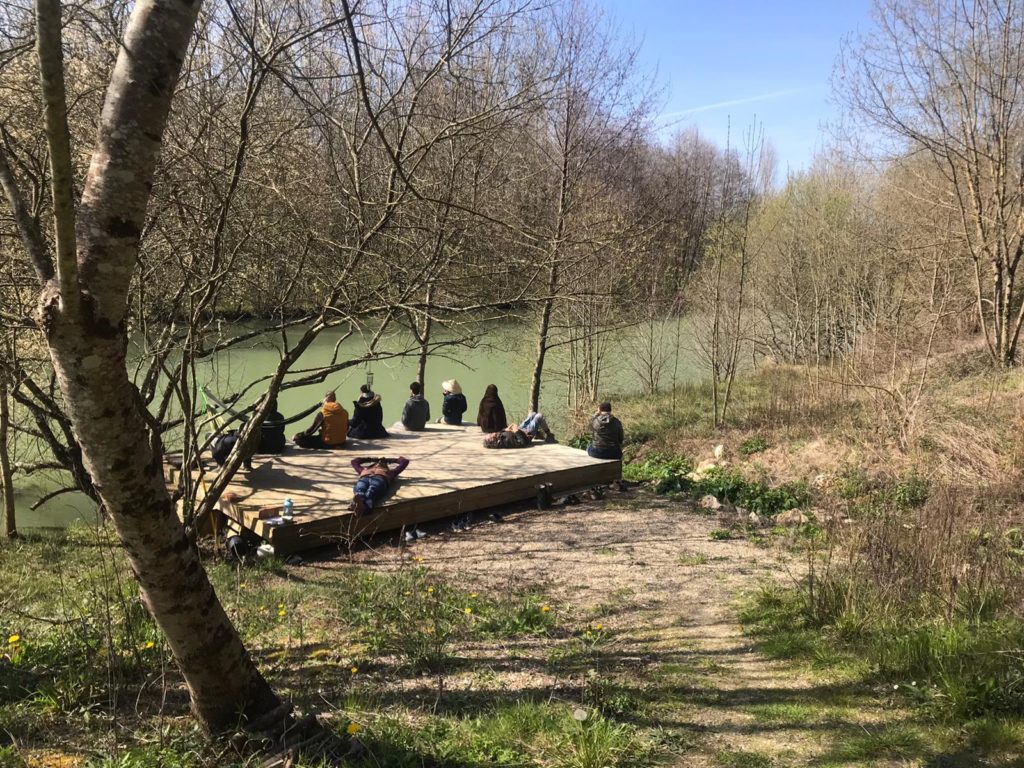
“Mindfulness in the natural world” was about immersing yourself in nature and its elements. In Son Ha, there is a lot to contemplate. The group departed from the Happy Farm where they took off their shoes. Then stopped at the legendary wooden deck at the lake to have a sitting meditation, listen to the song of the wind in the trees and a reading extracted from the book “Love letter to mother Earth”.
Then, they continued their way into the forest, with a gentle rain inviting itself to the process. To end, participants sat around the fire in silence and shared their experience.
Mick, who facilitated this workshop, is very connected to nature. It is a very real Dharma door (a spiritual practice) for him,
…. we talk about the thousands of Dharma doors. For me, the natural world is the easiest. With my upbringing, there is already something in me. I can easily see the reality of interbeing in the natural world, my space in it. There are so many things I love about Plum Village. But for me, the walking meditation we did today in nature is an amazing gift from Thich Nhat Hanh to the world, to take us out of the meditation hall.
Mick has found his way to combine spiritual practice and raising awareness of our connection with our planet,
I think I’ve been lucky to work outdoor most of my life. Working with wildlife, plants, trees and with people. It’s a deep volition and helps self healing in a world were humans have done a lot damage to the whole planet. So I’m quite inspired to help people to connect with the planet. It wasn’t really my idea to bring it (here) as a spiritual practice.
Son Ha: The foot of the mountain
Son Ha is place conducive to contemplation and connection with Mother Earth with its lake, surrounded by forest, flowers…
The place also participated to the practice as all inter-are: there were daily meditation walks around the lake, meditation on the lake deck, two friends having tea in the forest, barefoot jogging around the lake, conversations about the practice and so on in the dining room.
The meditation hall also made a big impression. It looked like a chapel and had within a very anchored and ancient energy. It was a good place to deepen your practice.
I found the meditation hall intimate, reassuring, safe, serene, with a supportive atmosphere thanks to its stones, natural materials that help [ground one] spiritually. Everyone was present and as it is a small room, the energy was more concentrated and supportive.
Benedicte, a resident of Lower Hamlet
Togetherness
But very quickly our friends made Son Ha a space of their own. It only took one or two days to feel like a family. Birthdays, games, and above all practicing together.
The point of the retreat was also to organise, practice and facilitate. From rotation teams to chanting the opening verses of the sitting meditation session which is usually reserved for monastics only. For some it was the first time, as was for Andrea who was inaugurating her first lay retreat:
…I remember those moments when we were facilitating the morning and evening chants. You could feel that it was the first time for someone, for example. Or we would say to ourselves, “Wow! What a beautiful voice!” Or someone would wonderfully guide a walking meditation.
Andrea
Every day the kitchen team tried something a little more extraordinary, even more impressive. It was incredible to witness the commitment of the teams.
The rotation teams were set up beforehand. Normally, in each hamlet, one or two lay people work with a small group of monastics who are the main guides for the rotation work. This time, the teams consisted only of long-terms, working together for the first time. In the kitchen, the dishes became expressions of culinary prowess, much to the delight of the long terms.
To close the retreat, the long-term family gathered around a very convivial bonfire to sing, to recall the good moments and simply to be there, together under the stars of the cosmos, so vibrant and present.


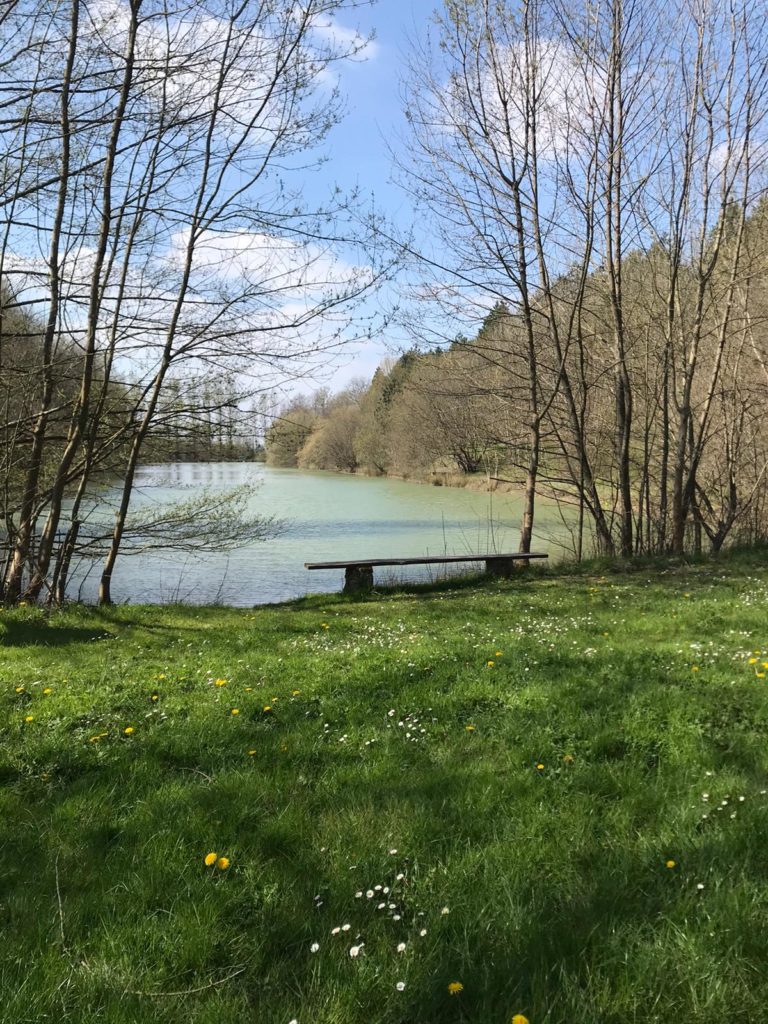
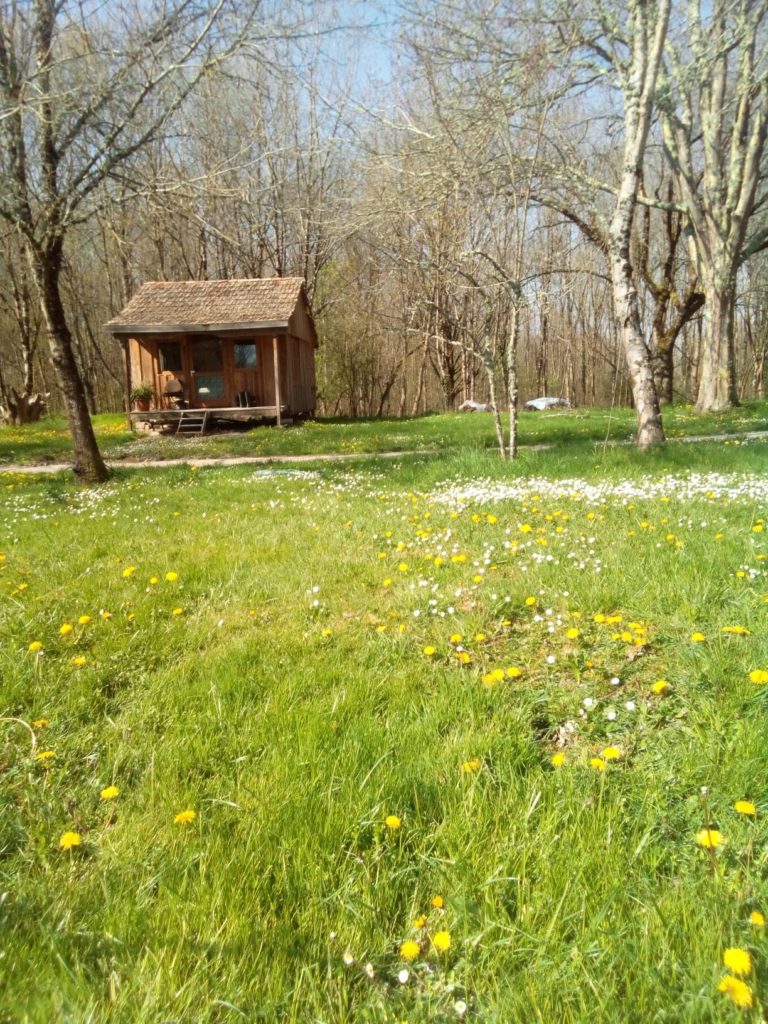
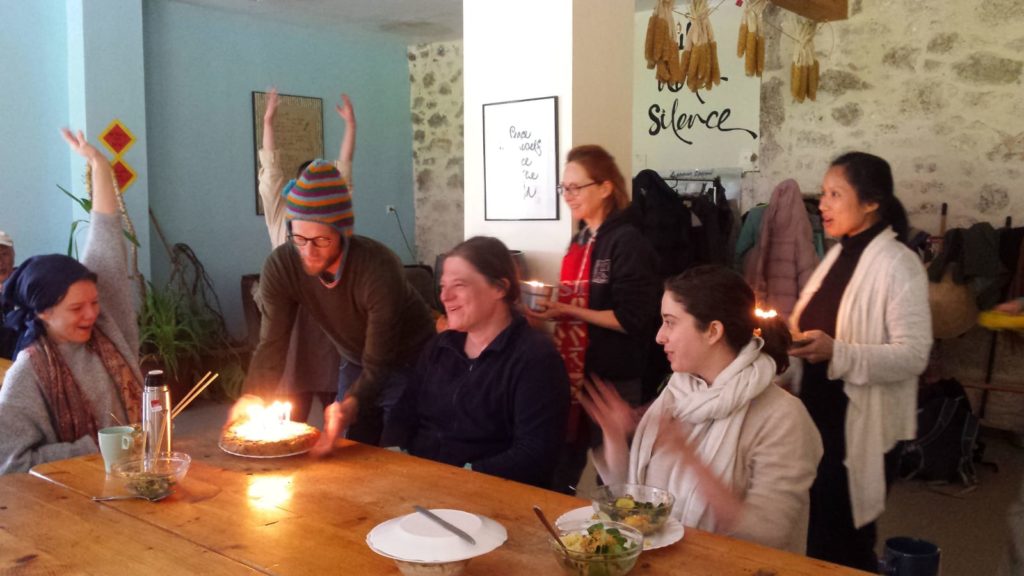
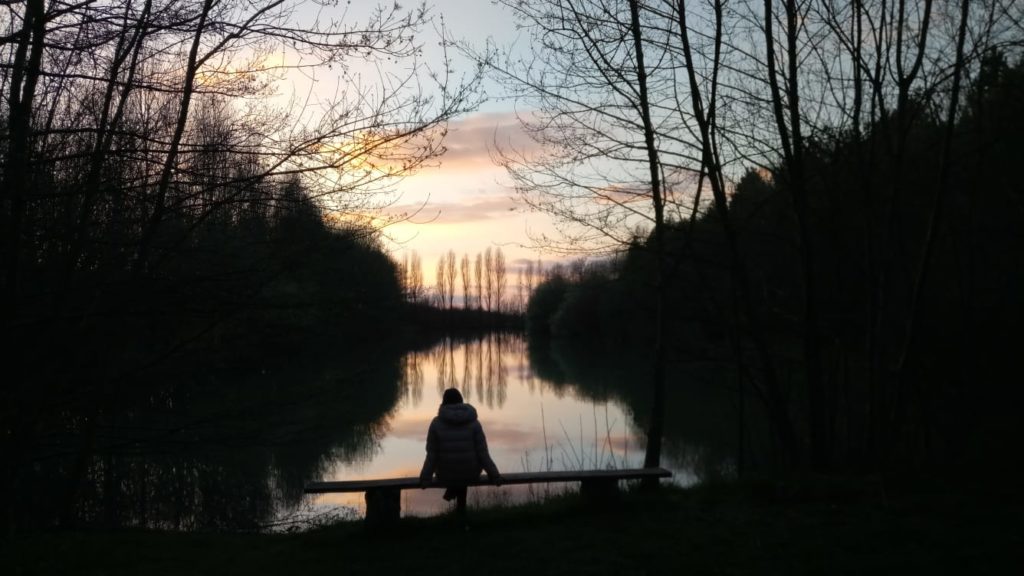
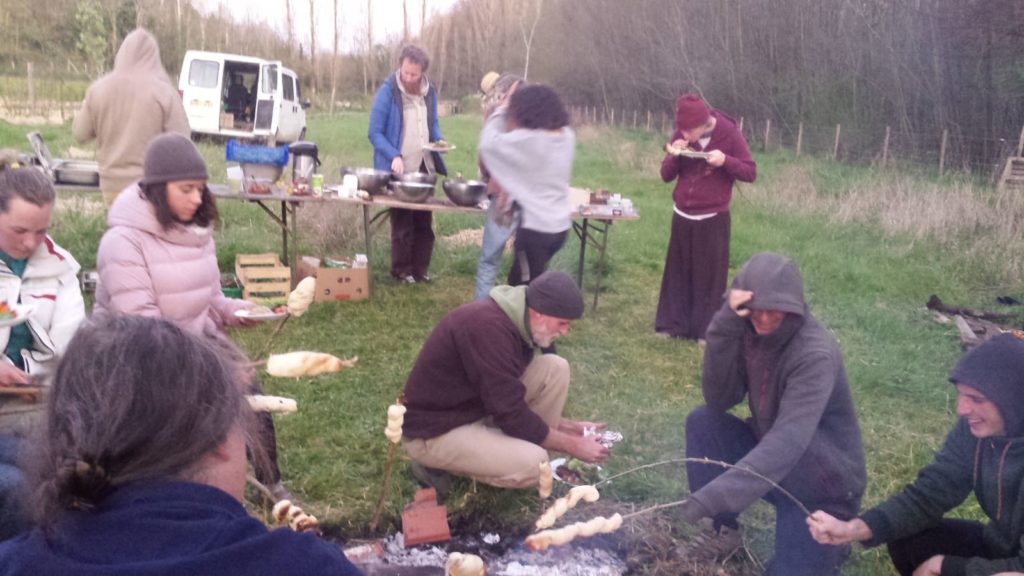
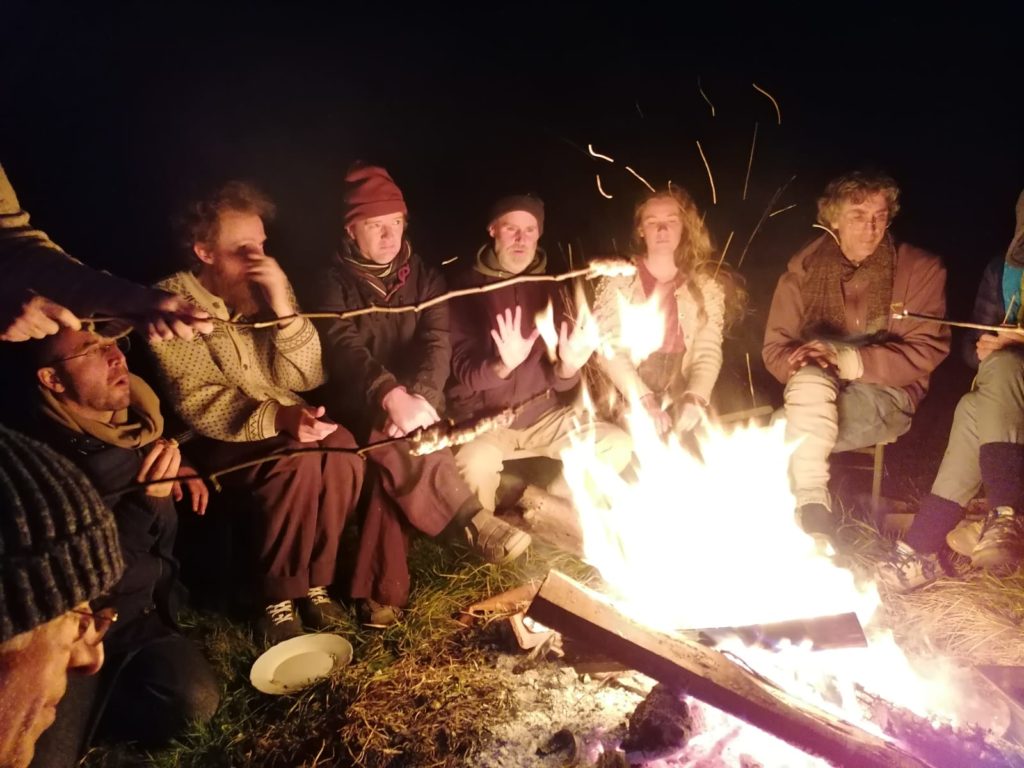
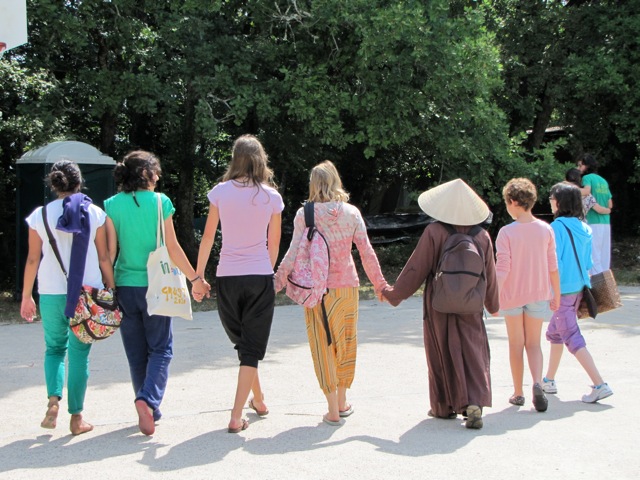
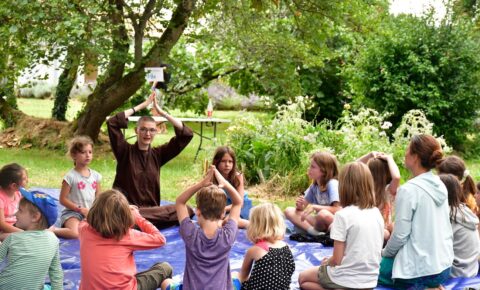
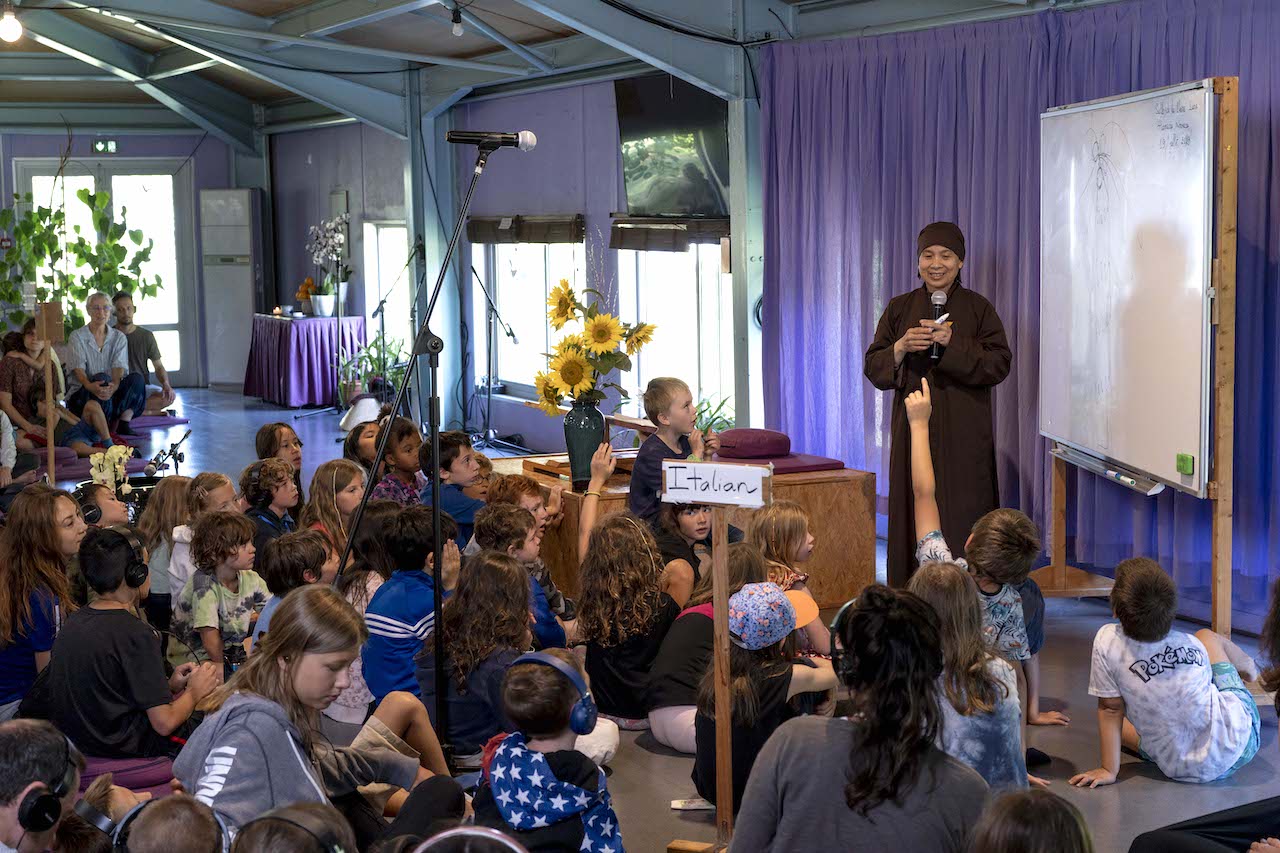
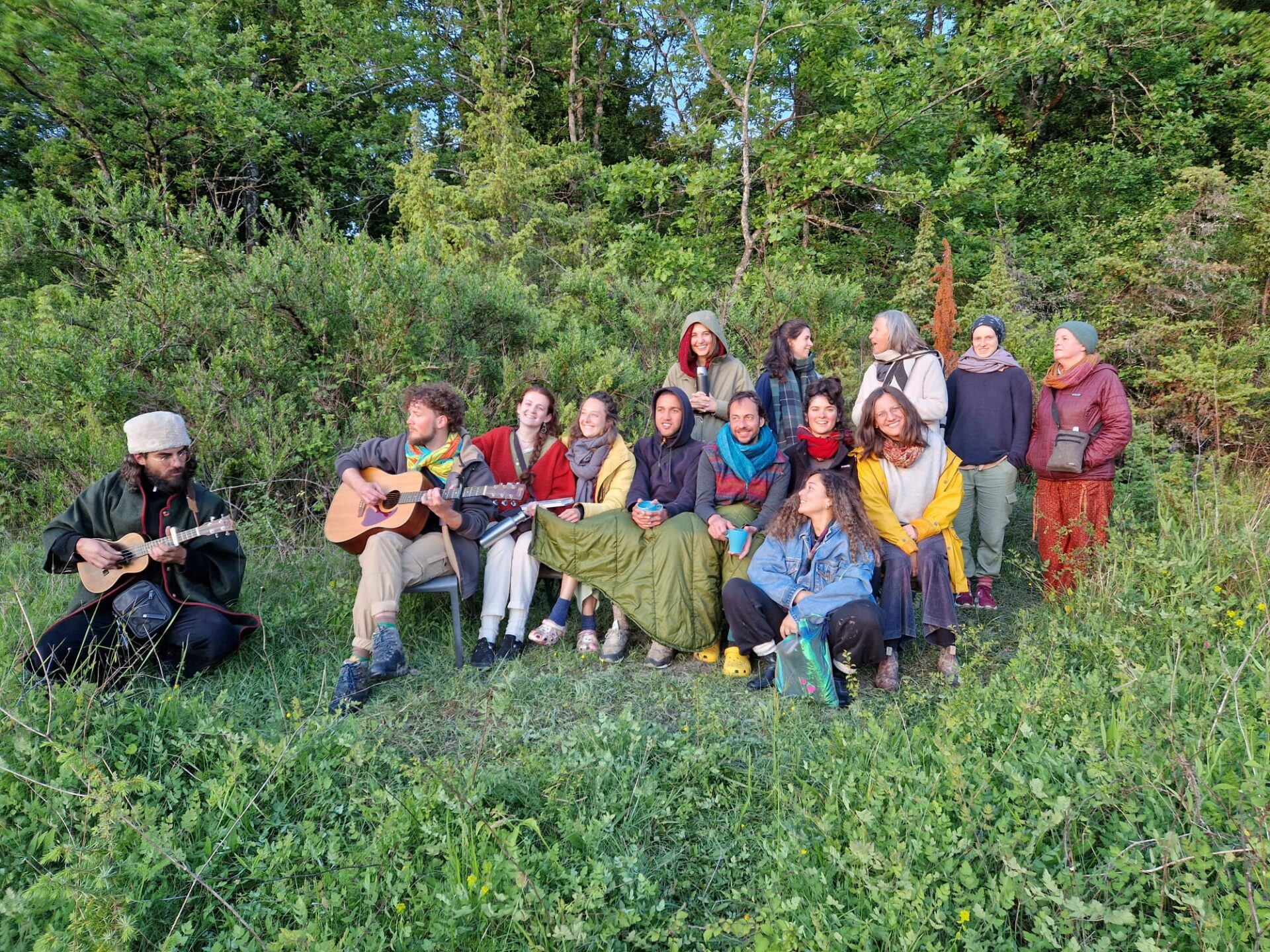
Join the conversation